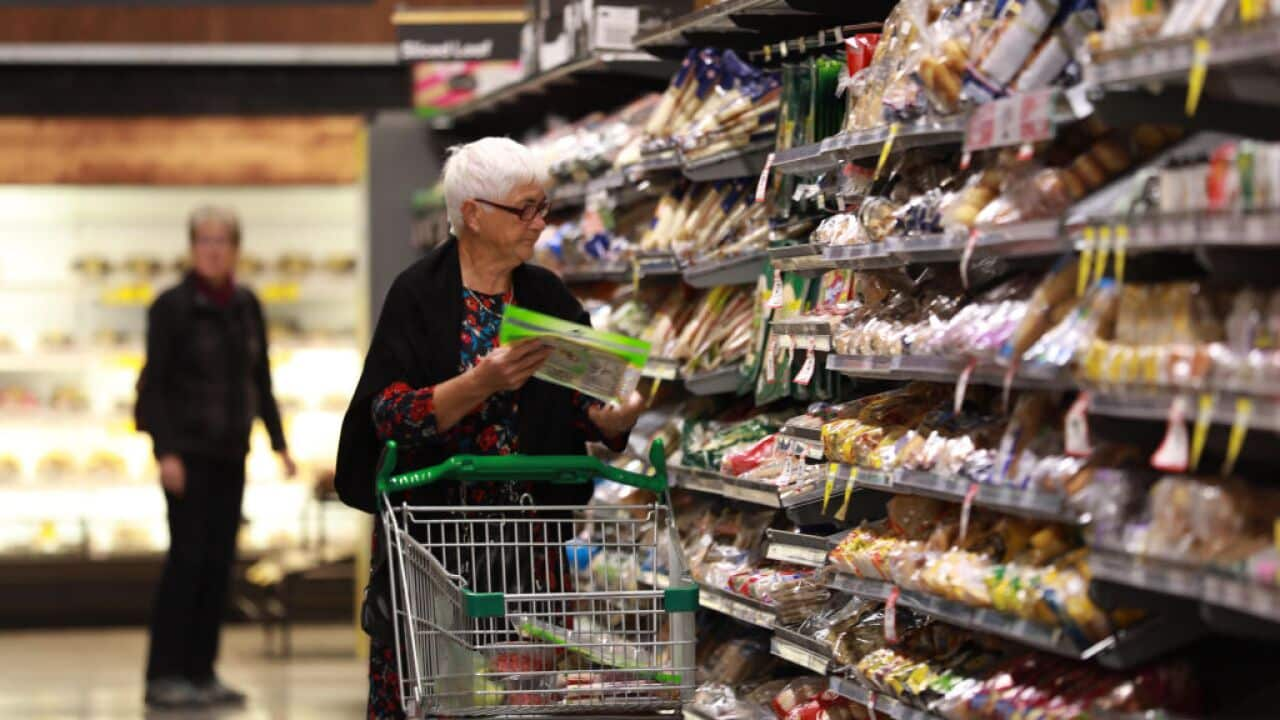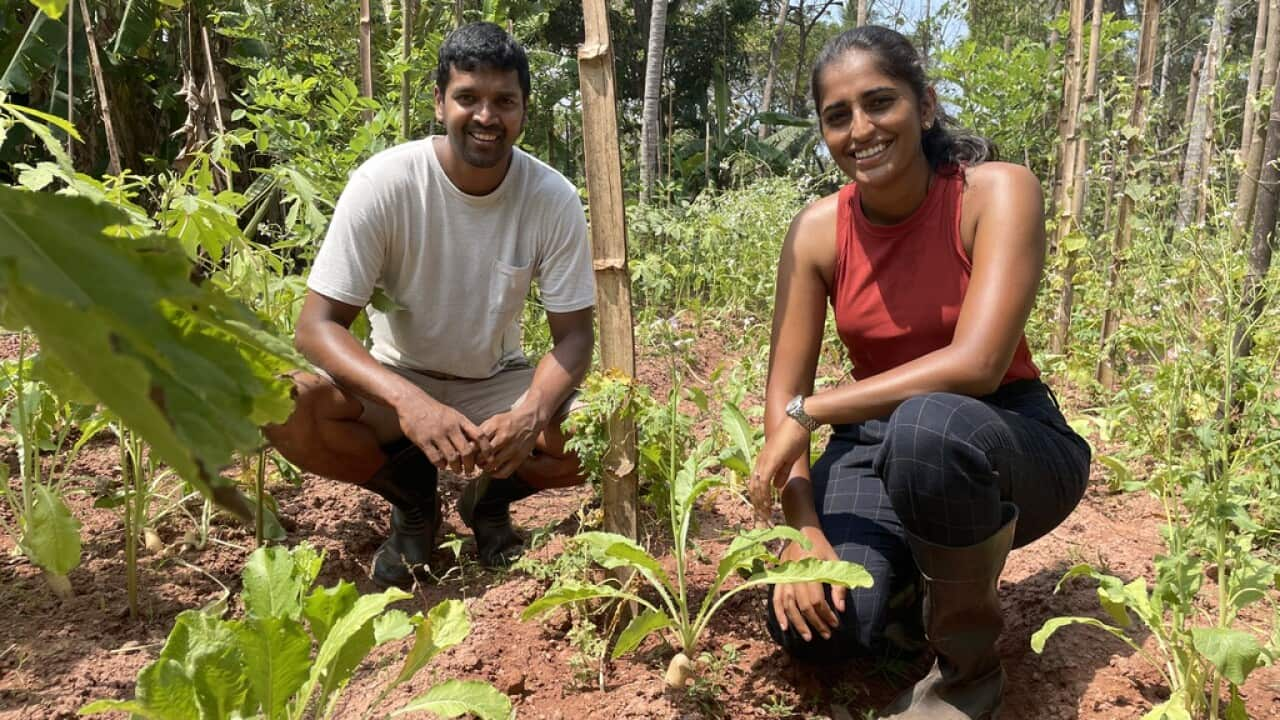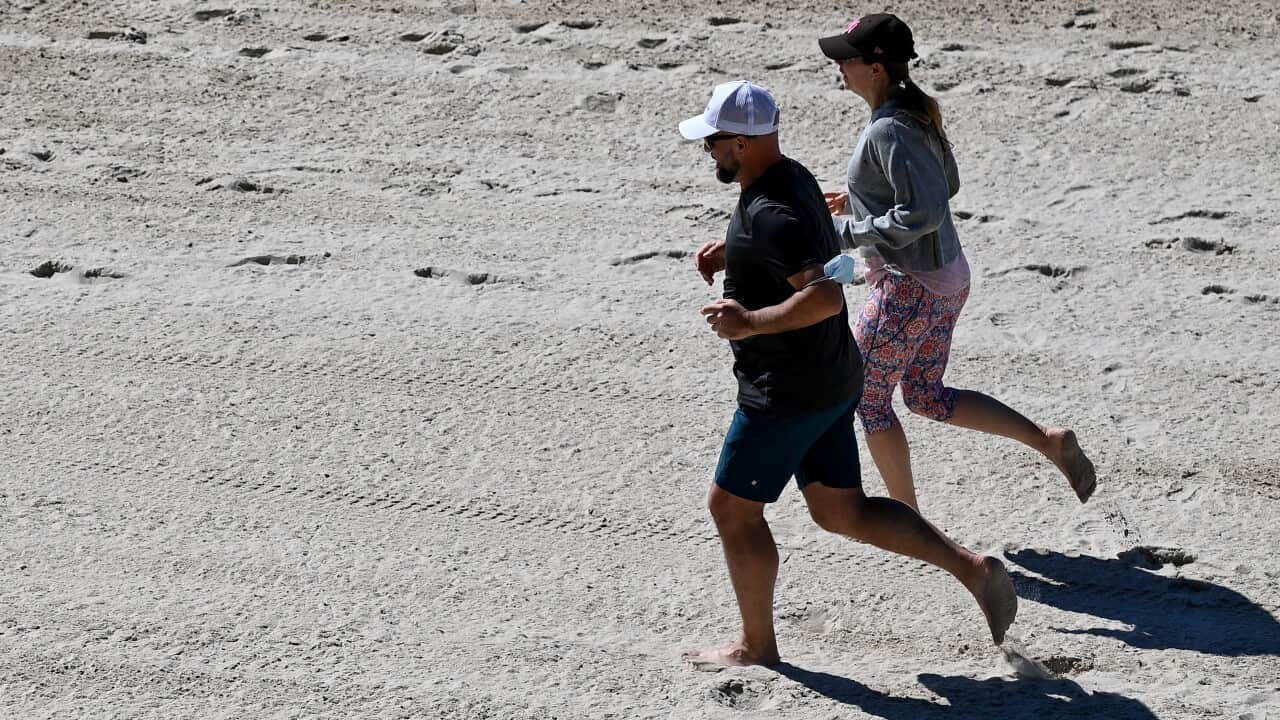Key Points
- After being harvested, many fruit and vegetables are sanitised in processing plants using chlorine.
- The chlorine isn't able to remove all pesticides from the products and residue may remain.
- While the risks of contamination are low, it's important for people to wash fruit and vegetables properly at home.
Many Australians have faith that the fruit and vegetables they buy are clean and ready to eat, unaware they've been washed in chlorine to rid them of bacteria and pesticides may remain on the produce.
Commercial produce, unless it's certified organic, has been exposed to pesticides during its growth and residues may remain, with some fruit and vegetables likely to be more affected than others.
After harvest, fruit and vegetables are sent to processing plants where they're sanitised, often using chlorine bleach, to remove any remaining bacteria and microbes.
So how harmful are the pesticides and the sanitiser really, how much of them remain on the produce that we pop in our shopping baskets, and how should we clean fruit and veggies at home?
Which fruit and vegetables are most affected?
Pesticides such as insecticides, herbicides and fungicides are commonly used to protect crops from threats such as pests, weeds and mould, helping increase crop yields.
Australia has limited information on which fruit and vegetables could be the most affected by pesticides, with experts borrowing from research done by the Environmental Working Group (EWG) in the US, which releases an annual 'Dirty Dozen' list of produce most likely to be affected, and a list of 'Clean Fifteen' likely to be the cleanest.
Its 2022 Dirty Dozen list of fruit and vegetables most likely to include pesticides included strawberries, spinach, kale/mustard/collard greens, nectarines, apples, grapes, capsicums/chilli peppers, cherries, peaches, pears, celery and tomatoes.

Tomatoes are among the fruit and vegetables considered to contain some of the highest levels of pesticides. Source: AAP / AP
However, the extent to which foods on the list are "dirty" has been questioned, with a toxicologist's study claiming "exposures to the most commonly detected pesticides on the twelve commodities pose negligible risks to consumers" and that the ranking "lacks scientific credibility".
The EWG says its guide "combines data from USDA and FDA tests from 2021 and up to 10 years earlier" and "included results of tests of more than 46,000 samples of produce".
In Australia, Food Standards Australia and New Zealand and the Australian Pesticides and Veterinary Medicines Authority set Maximum Residue Limits (MRLs) for pesticide levels in fruit and vegetables, with regular testing at the national and state levels to ensure residues stay below the MRLs.
Mark Turner, a professor of food microbiology and deputy head of the School of Agriculture and Food Sciences at the University of Queensland, told SBS News farmers don't apply pesticides and herbicides close to harvest.
"The farmers obviously know that they're not going to spray on pesticide within a certain period of harvesting, otherwise the residues will still be there when it gets harvested. They have time periods where they have to withhold chemical addition."
Is produce really cleaned in bleach after harvest?
At a processing plant, fruit and vegetables undergo several stages of washing in order to remove or kill microbes and bacteria as well as soil and other particles. They are then spun to remove most of the liquid. If the produce is packaged (lettuce leaves, for example), carbon dioxide is added to the bag to extend the product's shelf life.
Jian Zhao, associate professor in the Food Science and Technology Group in the UNSW School of Chemical Engineering, says processing plants typically uses chlorine or bleach to clean the produce.
"The industry predominantly uses chlorine, or sodium hypochlorite (bleach), to clean the vegetables, kill bacteria and mould and keep it safe," he told SBS News.
"But chlorine has a relatively short shelf life so if it leaves any residue, it's very, very little.
"People at home don't really need to worry about the sanitisers."
Professor Turner says some processing plants have already moved away from using chlorine in favour of peracetic acid, which he describes as "an organic acid mix that breaks down to water and vinegar".
"There's residual chlorine and it's quite a toxic chemical to handle as well, in the factory," he said.
Associate Professor Zhao says while new chemicals are coming on board to clean fruit and vegetables, "they're not as popular as chlorine" for removing microbes and bacteria.
But not even chlorine is not able to remove all pesticides, he adds.
"Not all the sanitisers or cleaning agents the industry use can effectively remove all the potential pesticides in the produce, because some of them have already penetrated into the skin."
While he says this is "not really a health issue", he understands people are concerned about the residues.
"Even though some of the chemicals penetrate the skin, after washing and sanitising and then further washing by people at home, generally speaking, there's not much left."

It's still advisable to wash packaged salad leaves labelled "pre-washed" at home, experts say. Source: AAP / Aaron Chown
How can we remove remaining residue on fruit and vegetables at home?
While buying organic ensures the minimal amount of chemicals in our food, not everyone can afford to buy organic produce or is able to grow their own at home.
So how do we best ensure the products that have been sprayed with pesticides and doused in sanitiser are safe to eat?
Professor Turner says in most cases, washing with water is enough.
"If there are microbes there, washing it probably reduces the numbers by 90 per cent, though it doesn't guarantee removal of any sort of pathogens like E. coli or salmonella. Once they're on there, they're very hard to remove or kill, which is why we try to prevent that contamination beforehand [through pesticides]."
But Associate Professor Zhao says it's "understandable" that we want to make the produce we consume as safe as possible.
"There's always a concern that there may be some harmful chemicals that are still in the produce and people want to remove all of them."
Government health departments say you should wash fruit and vegetables with water before eating. For example, the Western Australia Department of Health advises on its website: "Always wash ready-to-eat fruit and vegetables under running water before you eat or cook it - even if it's pre-packaged from the supermarket."
Nutritionists recommend we scrub or peel our fruit and vegetables where appropriate, though they caution that removing the skin can sometimes reduce the nutritional value of the product.
Some also recommend using apple cider vinegar or bi-carbonate soda to help remove pesticides as well as bacteria.
This is done by adding a tablespoon of apple cider vinegar per one cup of water, or two teaspoons of bi-carbonate soda to four cups of water, and soaking the fruit or vegetables for a few minutes before rinsing them.
After washing, it's important to dry the produce with a clean paper towel to remove any lingering residue.





